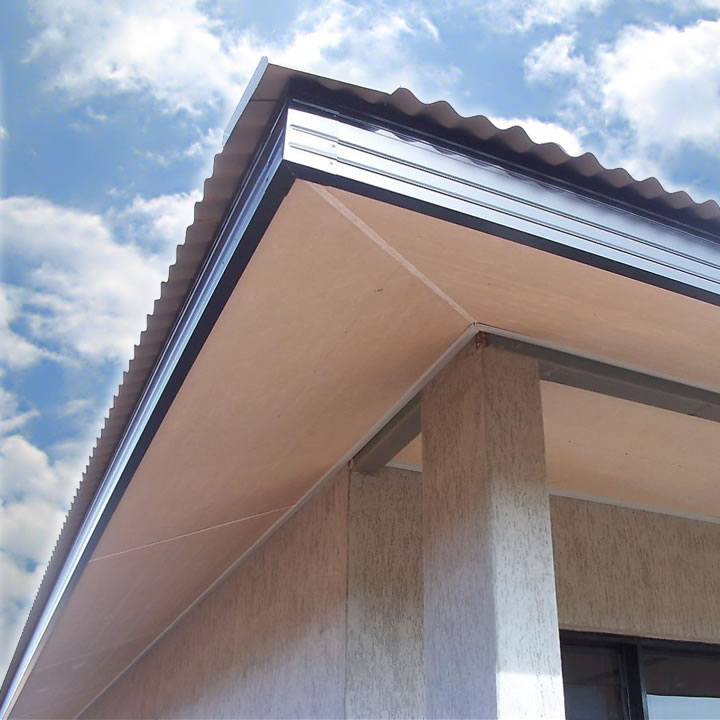Drip edges are a relatively common feature in many homes. However, most homeowners overlook how important they really are. Knowing the right types of drip edge for roofing is something every person who loves DIYs should educate themselves on.
Let’s get started!
What Is a Drip Edge?
A drip edge is a non-corroding and non-staining material that people apply on the edge of the roof. It makes water drip away from the roof system. If you’ve sometimes noticed the metal edges on the roof – that’s the drip edge.
It’s always installed with a bigger or smaller tilt. This is so the water is directed away from the roof without damaging its structure by creating fissures or holes.
Many people don’t think they really need a drip edge, especially if they don’t live in rainy areas. However, if a storm occurs, your roof can get damaged over time by the water that can’t get away from it.
This is why you should always consider investing in the right drip edge for roofing.
Types of Drip Edge for Roofing
If you are thinking about installing a drip edge on your roof, you should find the right type for your home. There are three standard types of drip edge. However, they go under more than one name, which can make everything a bit complicated.
Type C – The classic drip edge is called “Type C,” but it is often known as an “L Style”. It has a pretty standard “L” shape. In other words, it’s bent to a 90-degrees, with the lower bottom flange.
Type D – The second drip edge type, Type D, is shaped like the letter T. This is why it’s also called a “T Style,” as well as “D Metal” or “Drip Metal.” Many people prefer this shape to the Type C one, as it can move the water further from the edge of the roof.
This makes it a bit more effective compared to the other two types.
Type F – The last drip edge type is Type F. It’s easily recognized by having a longer leading edge. It’s useful when you plan on installing new edges on top of the existing rake edges or shingles. Besides the “Type F,” this drip edge type is also known as a “Gutter Apron.”
All three of these types are recognized by professionals worldwide and are used just as commonly. It all depends on your roof type, and sometimes on how much rain you’re expecting.
What Materials Are Drip Edges Made of?
You can also buy drip edges for roofing according to the material they’re made of. Most drip edges are made of these three metals:
- Aluminum
- Galvanized steel
- Copper
Aluminum is considered to be the best-looking one. However, as it is rather lightweight, it isn’t as strong as the other two metals. It isn’t recommended in areas where strong wind is expected. Steel, on the other hand, is solid and durable.
Despite this, it needs to be galvanized, or else it’ll rust and corrode. Copper is almost equally as strong as steel, but it can give your home a look not many homeowners like.
You can also find drip edges made of different materials, such as vinyl, fiberglass, and plastic. However, none of these materials is particularly strong, so they aren’t used for roofing. They are more commonly placed above windows or doors.

